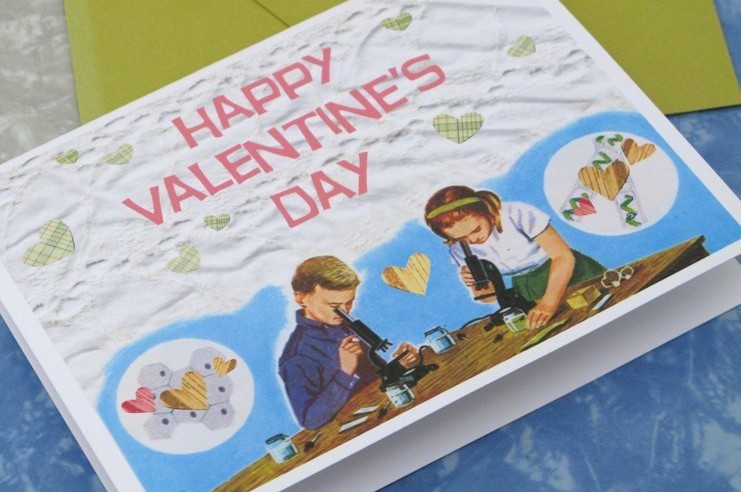So they say you'll know it when you feel it, but what can scientists really tell us about love?

These children are actually determining the molecular structure of puppy love. Image credit – Cutiepie Company, Flickr.
‘You’ll know it when you feel it’ — an eye-roll inducing platitude often uttered by your parents when you’re a teenager just trying to understand the complex nature and feeling of being in love. But your parents were actually (kind of) right. So what do scientists really know about love and heartbreak?
Valentine’s Day is nearly upon us all for another year, and this typically conjures up images of overpriced chocolates, a dozen red roses that you’d need to take out a bank loan to buy, and bad Hollywood movies using an ensemble cast to try and cash in on the day. For the less cynical among us it is a day for sharing our feelings of love with one another. And when we think of love most of us would assume that this feeling comes from our heart – but it actually has more to do with our brains.
Like most things in life, falling in love has stages. Studies have determined that there are three main stages of falling in love:
- Lust — our bodies produce oestrogen and testosterone triggering the feeling of lust within our brains.
- Attraction — in this stage our brain starts to have deeper feelings of love. We have increased adrenaline — this can cause your senses to decline and increase your heart rate when you when you see the person you’re attracted to. You will also have increased levels of dopamine, a natural stimulant in the brain that lowers and stimulates the pleasure centres in our bodies, and serotonin, which reacts within our bodies and causes us to continually think about our loved one.
- Attachment — In this final stage our body secretes the hormone oxytocin. Oxytocin helps to develop the bond between two people and improves their social connection.

Unfortunately love can sometimes bring heartbreak. Most of us have been there before — the pain in your chest, overwhelming nausea, difficulty breathing, not to mention the extreme sadness that comes when a relationship ends. This can be brought on by stress hormones (such as cortisol and adrenaline) being released. Our brain also registers feelings of physical pain during this time — bringing truth to the phrase that love really does hurt.
It is also during this time that dopamine rebels, our friend is now our enemy. When our body realises it can’t get its dopamine fix from the person we love, it will heighten its levels in the search to get that feeling of ecstasy. This can sometimes lead to strange behaviour in order to get our loved one back (think repeated texts and calls). But it’s not all bad news — studies have shown that our brains are designed to get us to move on once a breakup has occurred.
Love is a complex feeling to explain, and scientists are still seeking answers to many questions we have about love. But there is one thing we know for sure — we love science.

